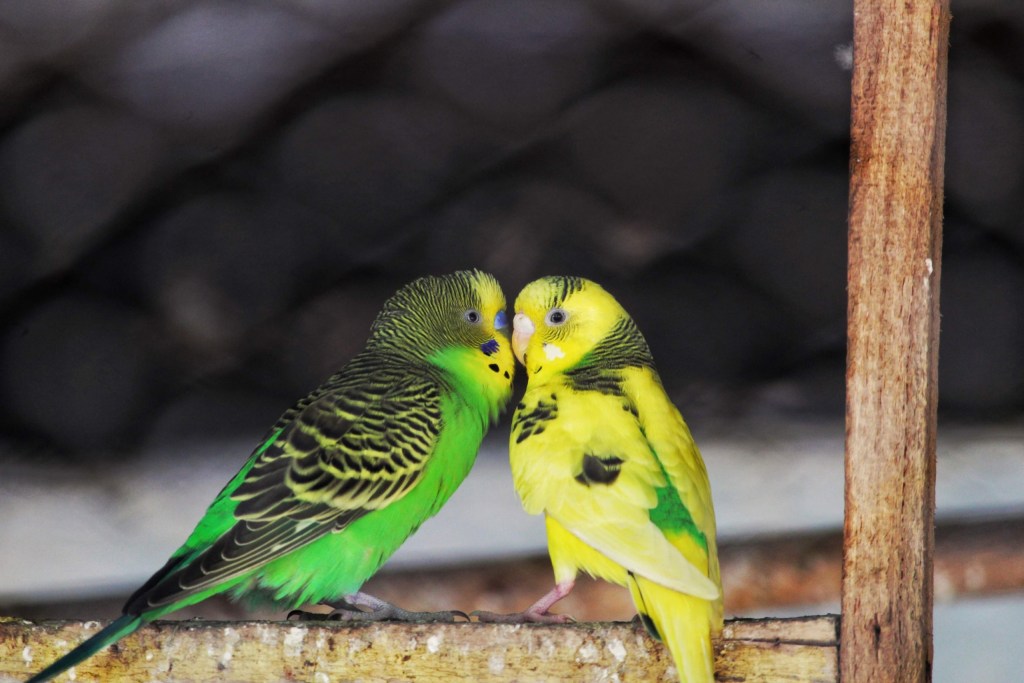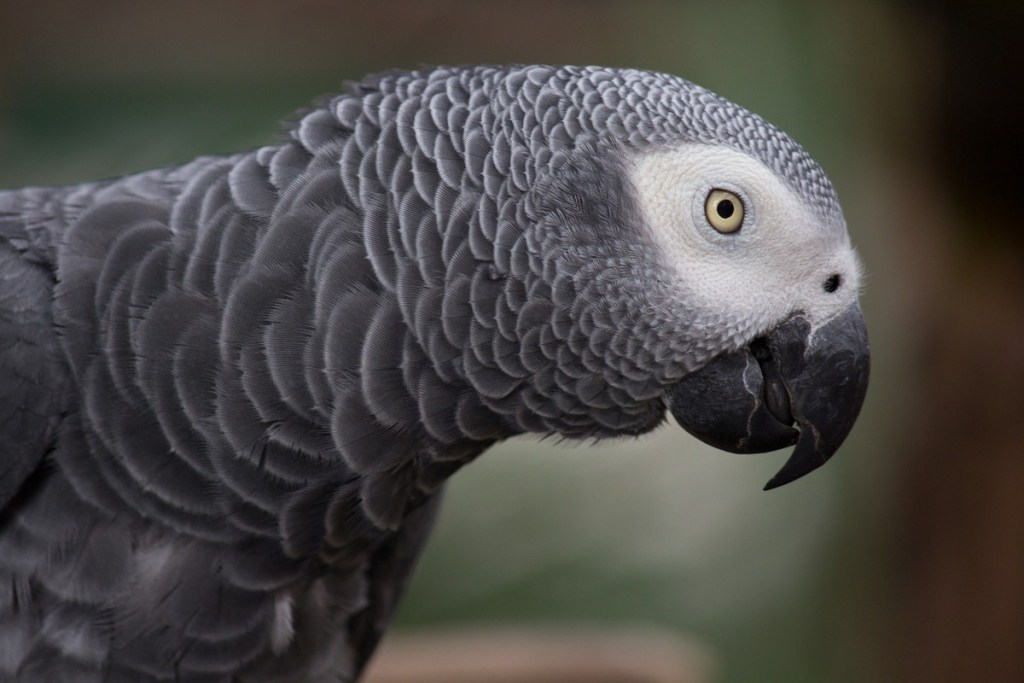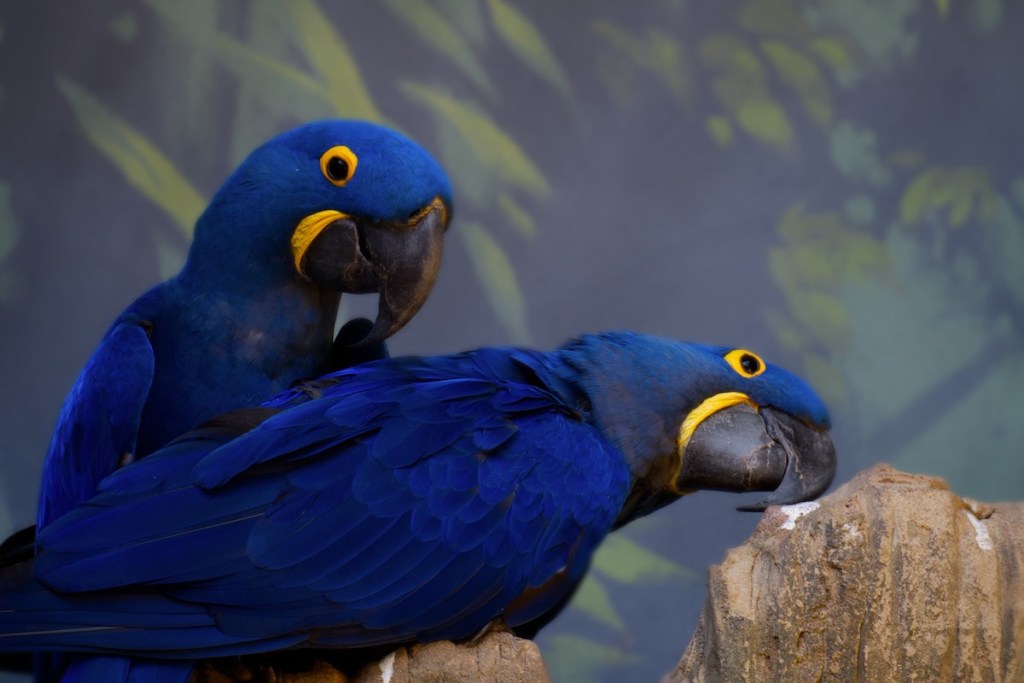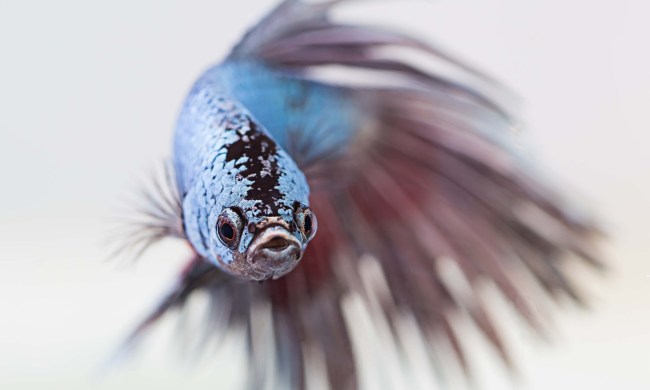You may have trouble telling them apart during bird-watching walks, but not all avians are the same. Whether they’re in your home or the backyard, these spirited creatures have unique personalities. While not all birds will fit into every house, you can seek out a charming species to complete your family. If you’re looking for a particularly engaging pet, try one of these — the friendliest birds out there.

Parakeet
As the third-most-popular pet in the world, how can budgies (another name for parakeets) rank anything but number one on this list? These birds have been living with humans for over 200 years, and it’s no wonder we flock to their lovable personalities. As one of the smallest and tamest on this list, your little parrot will serve as an excellent pet for a family with children. Of course, you’ll need to be more careful with this one around dogs and cats as their littler size can make them seem like prey. They do well with others of their kind, but if you get a male and female, beware of baby birds — unless you intend to set up a budgie menagerie.
Lovebird
You’re sure to get love from this friendly little parrot. As the name suggests, lovebirds form very strong bonds, either with each other or with you. If you’re looking for a devoted companion, just get one male (the females tend to be the aggressive ones) and make sure it’s a hand-raised bird that you play with every day. These guys certainly require more dedication and may be better suited for an experienced owner. If you want a pair, keep in mind that they will probably bond with each other and can turn a bit nippy toward everyone else. Pairs will be better suited as a more hands-off pet, though you can (and should) let them out to fly around in a safe part of the house.

African grey
If you want a more loquacious bird, consider an African grey. These beautiful and gregarious parrots are extremely intelligent and can say many words and even understand some complicated concepts. However, that means they need a lot of mental stimulation and attention. Combine that with their long life span, and it makes the greys quite a commitment. It’s better to think of choosing this bird more along the lines of adopting a dog since she will take up much of your energy. Unlike a dog, though, she can live up to 80 years! If you decide to bring one of these playful creatures home, have a plan in place for her future in case she becomes an octogenarian down the line.
Cockatiel
Cockatiels make great pets for someone who doesn’t have tons of time and energy to devote to their care. Of course, no bird likes to be ignored, but these playful animals prefer to be near you rather than on you. They still require exercise and toys but will enjoy simpler pastimes. While some can learn speech, they’re better known for their whistling and love singing along to your favorite tune. If you want a true bond, stick with a lone bird and play with him often. Otherwise, get a pair and watch them preen and play together all day long.
Parrotlet
This little guy is actually the smallest member of the parrot family and one of the quieter, so he can be good for those who need the bird to fit into a relatively small space. But don’t be fooled by parrotlets’ diminutive size: They have big personalities and need a lot of exercise. With proper hand training, he will become your best friend and enjoy hanging out around your home. A parrotlet can even learn a few words if you stay at it and train him every day. Parrotlets don’t like to be by themselves for too long, so make sure you take them out daily. You may want to get a pair to keep each other company. That doesn’t take the place of handling, though, as you need them to bond with your family.

Hyacinth macaw
On the opposite end of the spectrum, the hyacinth macaw is the largest of any parrot, often attaining a four-foot wingspan. Some large macaws can even make friends with other pets in the house like small dogs since their big size means they’re marked as equals. But make sure they aren’t fighting each other: That powerful beak used to crack nuts means it’s not just the bird that may end up hurt. While this gentle giant will certainly bond with you, they take a bit more work and a lot more space. Bring home a macaw only if you have experience with birds and feel up to the task. Look for an adoptee as well, since many of these parrots outlive their owners. As long as he’s been regularly handled, you should have no problem getting your new friend to attach to you.
No matter which species you choose, all birds need to be hand-raised and handled often to keep their friendly personalities. And just about any of these pets will nip if they feel threatened by you or another creature in the house. Play with them every day, though, and you’ll have a best friend for life.



